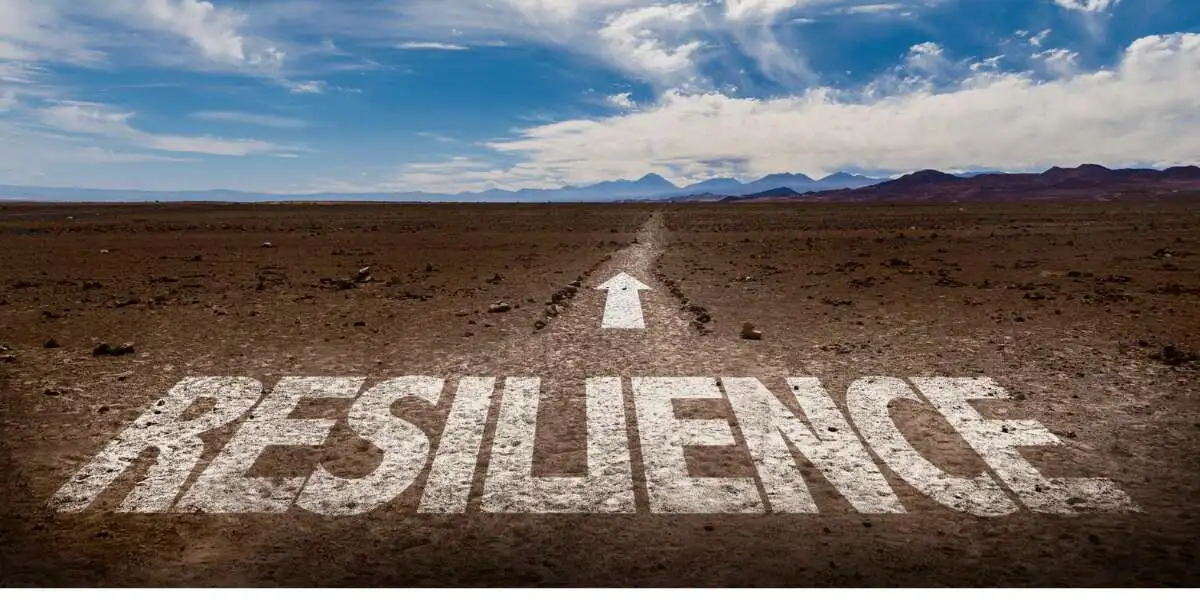Top 5 Skills That Can Make You A Resilient Leader


Resilient leaders are people we all admire, like Steve Jobs and Nelson Mandela. But where do you know resilient leaders from? Probably your own colleagues. Resilient leaders are everywhere, not just on the silver screen or in newspaper headlines. That’s because being a resilient leader is relative to us all. What is it that makes some leaders more resilient than others? Resilience is not a personality trait or something you’re born with. It’s something that can be fostered and learned, especially in our ever-changing world. Here we’ll describe what it means to be a resilient leader and how you can start doing that in your daily life.
To start with, let’s find out what are the traits of a resilient leader:
Who is a Resilient Leader?
- A resilient leader is someone that can sustain their energy level under pressure
- Is one who bounces back from setbacks quickly
- Champions change and keep going in the face of adversity
- Is balanced and objective
- Forges with a growth mindset and has a learning agility
At its core, resilience is a state of mind that allows you to bounce back from setbacks and failures. It’s an ability to adapt to change, handle pressure, and be resilient in the face of adversity.
But how can you become a resilient leader?
In this article we will cover:
five top skills that can be harnessed to build leadership resiliency:
1. Work on your Emotional Intelligence
A leader with a keen sense of emotional intelligence understands their own emotions and those of others and can use that knowledge to guide their team through challenging times.
A strong understanding of self, one’s strengths, and weaknesses are equally imperative in being able to lead effectively. When you are aware of your own strengths and weaknesses, you can align yourself with the right people who complement your style of leadership. This will allow you to develop trust within the team and build a cohesive unit that will be able to overcome any obstacle together.
Regularly reflecting on your leadership style and fine-tuning it is crucial to reaching your goals as a leader.
2. Build Learning Agility
Resilience is a learned capability, train yourself to be resilient
Learning agility is all about being able to learn from any situation—whether it’s a success or a failure—and use those lessons to fuel your confidence in overcoming future hardships and challenges. This means making sure that every new experience is an opportunity to learn something new about yourself and the world around you so that when things go wrong in the future, instead of panicking or giving up completely (which only makes things worse), you’ll have some key insights into how best to handle any given situation by using whatever resources at hand without getting overwhelmed by fear or self-doubt.
Likewise, explore taking advantage of leadership development programs that can help you prep up for the real world and real situations. Focus on developing key leadership competencies and skills like emotional intelligence, strategic thinking, people management, and effective decision-making that can fuel your confidence when you are in the thick of challenges or dealing with stressful situations at work.
3. Stay Purposeful – Do not get distracted
One of the most important traits of a resilient leader is staying purposeful.
When you’re feeling discouraged, it’s easy to lose your way. But if you can stay focused on your goal, you can keep moving forward, even though it might seem like everything else is conspiring against you.
In fact, staying purposeful can help you collaborate more effectively with others by providing them with a clear sense of what they’re working towards. It also helps to enhance productivity because your employees will be more motivated and engaged if they know how their efforts contribute to the overall mission. Finally, staying purposeful helps leaders lead authentically when they don’t feel like they’re just going through the motions—their work becomes truly meaningful to them when they can see how it contributes to their greater purpose
In short, staying driven by purpose acts as a force multiplier to fuel collaboration, enhance productivity, and help to lead authentically
4. Focus on leading with a Growth Mindset
One of the most important characteristics of a resilient leader is their ability to stay focused on continuous growth and by building a growth mindset.
Having a growth mindset means that you believe your success is not fixed and that your skills can be developed through hard work, practice, and feedback. It is a mindset that is not comfortable with the status quo because there is always something new out there waiting for you. It revolves around continuous learning and improving yourself rather than getting stuck in your ways and refusing to change.
It also means that you are open to criticism and willing to learn from it. It’s not about being defensive or doubting self-worth—it’s about viewing criticism as an opportunity to improve.
Take small steps every day to build new skills or challenge yourself in ways that make you uncomfortable. Challenge yourself by setting ambitious goals and then strive towards them with all your might. The more challenging the goal, the more likely it will require you to grow in some way—and as long as you’re always learning and growing, there’s no limit to how far you can go.
5. Cultivate Meaningful Relationships
It’s worth an investment to be a resilient leader. To build resiliency one of the best ways is to cultivate meaningful relationships with diverse professionals who can support and guide you in your career. These relationships can be an important source of learning from their experiences and drawing strength and guidance. Stay intentional about the people with whom you spend time and network. Be mindful to connect with people who share your values and goals, but aren’t afraid to challenge you along the way. Also, nurture your relationships – it’s a two-way street. Create value and focus on building deeper connections. Building meaningful networks can play a vital role to draw on their experiences, know-how, wisdom, and strengths to make effective decisions and gather strength when you are at the intersection of challenging situations.
So there you have it: the five skills you need to develop to become a resilient leader.
It may seem like a lot to take on all at once. But by focusing on one skill at a time, and making sure each one is part of your regular practice, you can make real progress towards developing all five abilities—and becoming the kind of leader who will thrive in any situation.
We hope this article has helped you identify some areas where you need to improve. If you need further assistance to build your leadership competencies and transition to being a confident leader lean on GlobalGyan’s leadership development programs, curated by top industry experts to prime you for the real world.


